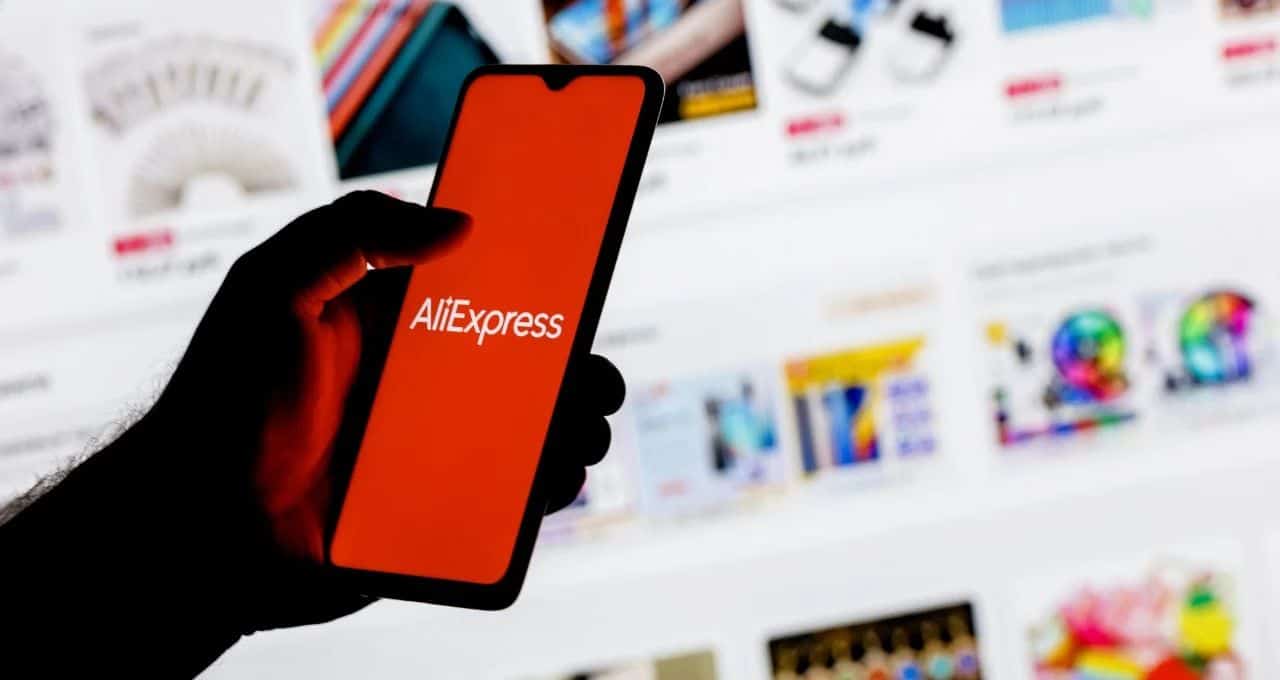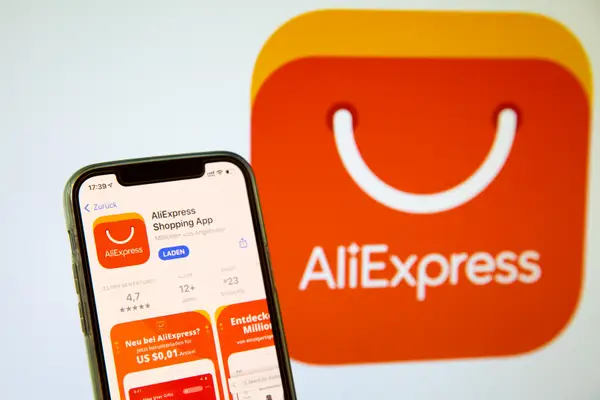How does buyer review verification work?

In today’s digital marketplace, the buyer review plays a crucial role in influencing purchasing decisions. As consumers increasingly rely on reviews to guide their choices, the importance of verifying these reviews cannot be overstated. This article delves into how buyer review verification works, the technologies behind it, and why it matters to both consumers and businesses.
What is Buyer Review Verification?
Buyer review verification is the process of ensuring that online reviews accurately reflect the experiences of legitimate customers. This verification aims to maintain trust and authenticity in review systems, allowing potential buyers to make informed decisions based on genuine feedback.
With countless reviews available online, it’s vital for businesses to implement effective verification methods to protect their brand and enhance consumer trust. But how is this verification done? Let’s explore.
Why is Buyer Review Verification Important?
Review verification holds significant importance for several reasons:
- Enhances Credibility: Verified reviews make customers feel more confident in their purchasing decisions.
- Reduces Fraud: By verifying reviews, businesses can reduce the influence of fake or misleading reviews, which can damage their reputation.
- Boosts Conversion Rates: Authentic reviews often lead to higher conversion rates, as consumers are more likely to trust a product with verified feedback.
- Improves Customer Experience: Honest reviews help companies understand what customers really think and how they can improve their products or services.
How Does Buyer Review Verification Work?
The process of buyer review verification generally involves several key steps:
1. Purchase Confirmation
To verify a review, companies must first confirm that the reviewer has indeed purchased the product. This can be accomplished through order numbers, transaction records, or linking the review system with the company’s sales database.
2. Email Verification
Many businesses use email verification as a method to ensure that a review comes from an actual buyer. After making a purchase, customers may receive an email requesting their feedback. This email often contains a link that directs them to the review page, confirming their identity and purchase.
3. User Accounts and Profiles
Some platforms require users to create accounts before they can leave reviews. This approach not only adds a layer of verification but also builds a community where users can interact and follow each other’s feedback.
4. Anti-Fraud Technologies
Advanced technologies play a significant role in identifying fake reviews. Companies may employ algorithms and machine learning tools to detect unusual patterns that may suggest fraudulent activity. Key indicators can include:
- Review frequency—an overwhelming number of reviews in a short time.
- Similar wording across multiple reviews.
- Inconsistent reviewer profiles.
Types of Buyer Reviews
Buyer reviews can generally be categorized into three types, each with its unique characteristics:
1. Verified Reviews
These are reviews left by customers who have legitimately purchased the product. They are typically the most trusted form of review as they come from actual users.
2. Unverified Reviews
While these reviews can also provide valuable insights, they are not confirmed as coming from actual buyers. Shoppers should approach these reviews with caution.
3. Expert Reviews
These reviews come from industry experts or influencers who may have received products for free in exchange for their opinions. While they can offer valuable information, it is important to note their potential biases.
Best Practices for Buyers When Reading Reviews
As a potential buyer, knowing how to navigate reviews effectively can enhance your shopping experience. Here are some best practices:
- Look for Verified Purchaser Badges: Focus on reviews marked as “verified,” indicating that they come from customers who have actually bought the product.
- Read Multiple Reviews: Don’t rely on a single review. Read across a range to get a more comprehensive view of the product.
- Examine Critical Reviews: Pay attention to negative reviews to identify possible flaws that might affect your purchase decision.
- Check Reviewer Profiles: Look into the history of the reviewers. Authentic profiles with diverse feedback are generally more trustworthy.
The Impact of Review Verification on Businesses
For businesses, implementing buyer review verification can yield significant benefits:
1. Building Trust with Customers
By providing authentic feedback, businesses can foster trust and loyalty among their customer base. A verified review system sends a clear message that the company values customer experiences and is committed to transparency.
2. Improved Online Reputation
High-quality verified reviews can enhance a brand’s reputation online. A positive online presence can lead to increased customer acquisition and retention.
3. Better Insights for Product Improvement
Verified reviews also serve as a valuable resource for businesses looking to improve their offerings. Real feedback allows them to identify strengths, weaknesses, and customer preferences.
4. Competitive Advantage
In a crowded marketplace, having a robust system for review verification can set a brand apart. Consumers are more likely to choose products from companies that demonstrate authenticity.
Challenges in Buyer Review Verification
Despite its importance, buyer review verification comes with several challenges:
1. Technology Limitations
While technology is evolving, some platforms may still struggle with accurately identifying fraudulent reviews. Continuous improvement is necessary to keep up with sophisticated fraud tactics.
2. User Compliance
Not all customers may comply with verification processes, such as confirming purchases through emails. This can lead to fewer verified reviews and potentially skewed perceptions for prospective buyers.
3. Balancing Trust and Accessibility
Creating a Verification system that encourages genuine feedback while maintaining ease of use and access for customers can be a delicate balance for businesses.
Conclusion
The verification of buyer reviews is an essential part of the modern shopping experience. By implementing robust verification processes, businesses can enhance their credibility, reduce fraud, and ultimately boost their sales. For consumers, understanding how review verification works allows them to make informed decisions when choosing products. As technology continues to evolve, we can expect even more sophisticated methods for ensuring that buyer reviews remain a trustworthy resource in the vast digital marketplace.

LINK:
Buyer review verification is an essential process that ensures the authenticity of customer feedback on products. This system involves various methods, such as verifying purchase records, using algorithms to detect fraudulent reviews, and soliciting confirmed buyer feedback. By validating reviews, companies can enhance trust among potential customers, ultimately promoting sales. As more buyers rely on online reviews to make informed decisions, it becomes imperative for sellers to maintain the credibility of their feedback systems. In a marketplace filled with options, genuine reviews can significantly influence purchasing behavior and foster a positive shopping experience.
FAQ
1. What is buyer review verification?
Buyer review verification is a process that ensures customer reviews are genuine and come from individuals who have actually purchased the product. It helps maintain the credibility of reviews and aids potential buyers in making informed decisions.
2. How does the verification process work?
Verification typically involves checking purchase records, using algorithms to identify suspicious patterns, and sometimes employing third-party services to confirm the legitimacy of reviews. This multi-layered approach helps filter out fake feedback.
3. Why is buyer review verification important?
It is crucial because verified reviews build trust between customers and sellers. They help prevent misinformation and enhance the overall shopping experience, as buyers feel more confident making purchases based on genuine feedback.
4. Can companies manipulate review verification?
While some companies might attempt to manipulate reviews, reputable verification systems implement strict protocols to minimize fraud. Established platforms prioritize authentic reviews to maintain their integrity and user trust.
5. How can I identify verified reviews?
Look for badges or labels indicating that a review is from a verified buyer. Many websites provide this feature to distinguish between real and potentially fraudulent reviews, aiding consumers in their decision-making process.

